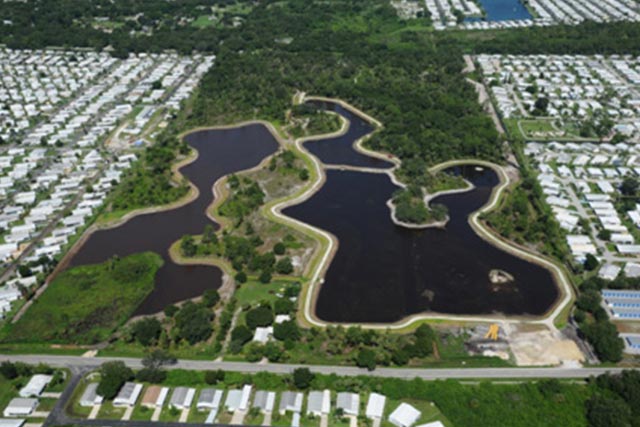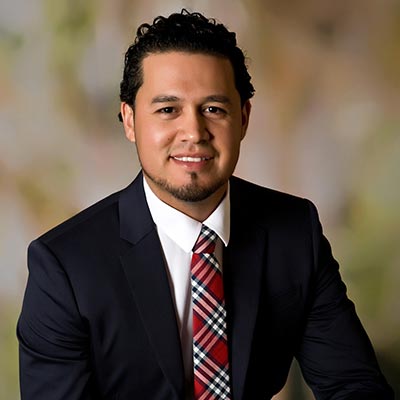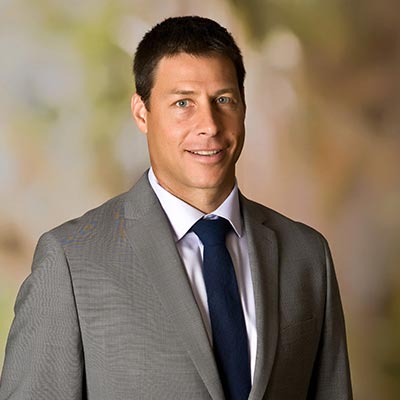Brent joined Johnson Engineering in 2003 and earned his Bachelor of Science in Environmental Engineering. As an engineer intern, he worked in our Water Resources and Land Development departments, Brent is familiar with many of the facets of design, management and construction of engineering projects. In 2008, Brent left the company to pursue a job in his hometown of Perry, FL, working with the engineering division of the Taylor County Board of County Commissioners. Working directly with the County Engineer, Brent gained a wide variety of engineering skills and knowledge in many different areas of design, regulatory permitting, document preparation, contract administration, and construction inspection and management. He re-joined Johnson Engineering in 2015.
Brent’s experience as an engineer includes site design, infrastructure, road design and construction, SFWMD, FDEP, and ACOE permitting and certification, and construction administration. He routinely prepares plans and specifications for projects that require a unique approach. Brent’s technical background and practical experience allows him to handle most situations. He has worked on numerous projects from small recreational parks to multi-million-dollar construction projects and is accustomed to developing clear and concise plans and specifications required for public bidding and construction projects to minimize unnecessary addenda and change orders.
































































































